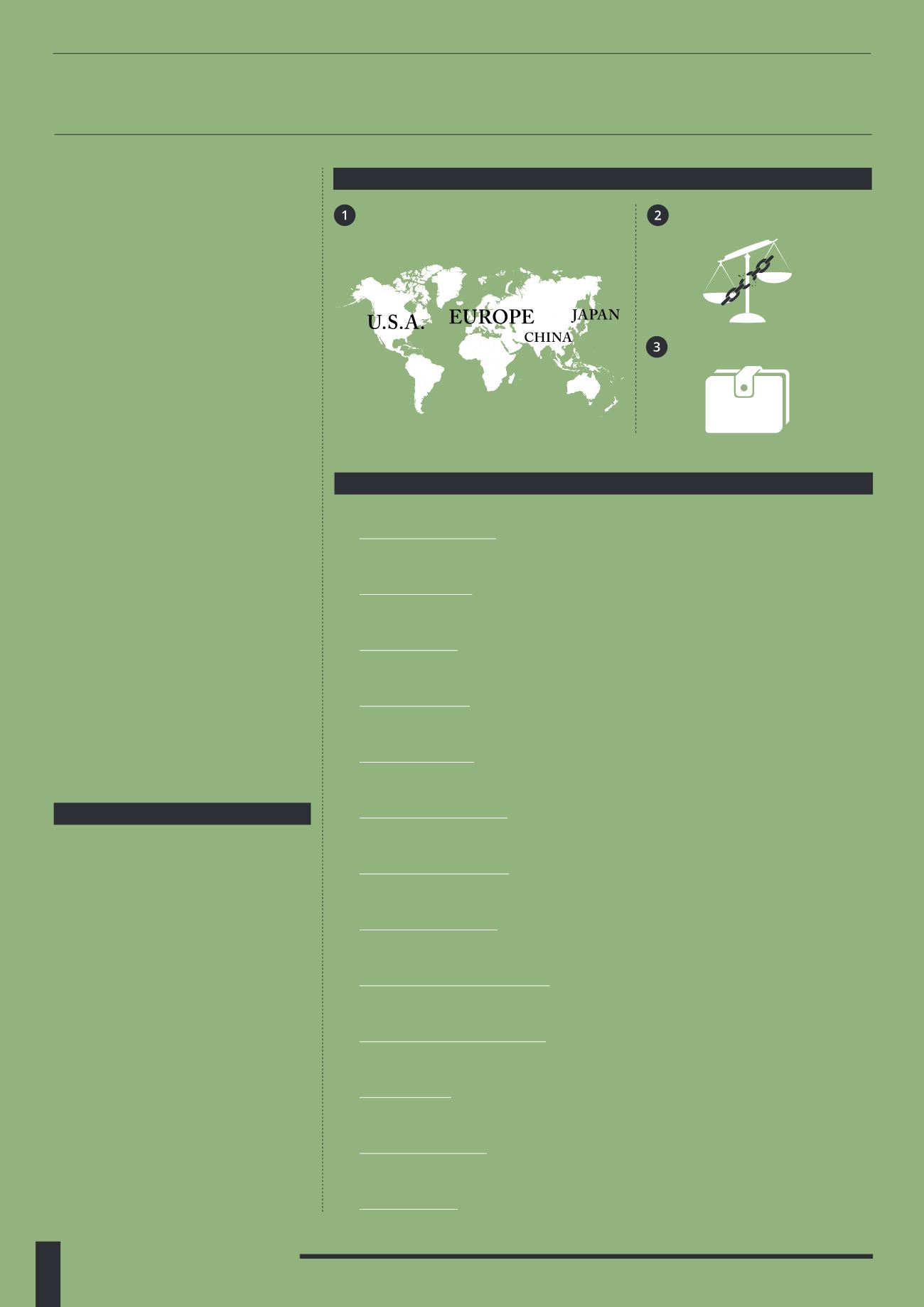
10
ILLEGAL LOGGING
The FAO believe that around 30% of global
timber demand is currently met by illegal
logging (the World Wildlife Fund (WWF)
believe this figure is closer to 40%) with
a further 40% met from unsustainable
sources. Deforestation accounts for
almost 40% of global timber markets,
with an estimated 2.2 million hectares of
tropical rainforests lost in Southeast Asia
per year. The Asia–Pacific region has the
highest annual deforestation rate in the
world at 1.2%, higher than Latin America
(0.8%) and Africa (0.7%).
Illegal logging is the harvesting,
transporting, processing, buying or selling
of timber in violation of national laws. This
definition also applies to harvesting wood
from protected areas, exporting threatened
plant/tree species, and falsifying official
documents. This can also include breaking
license agreements, tax evasion, corrupting
government officials and interfering with
access and rights to forest areas.
Illegal logging exists because of increasing
demand for timber, paper and packaging
products. It can also happen when
forests are cleared for cattle ranches or
plantations such as oil palm.
▲
▲
An estimated €10–15 billion is lost
through illegal logging globally each year
▲
▲
The European Union causes almost
€3 billion of this loss due to its trade
with countries in the Amazon Basin, the
Baltic States, the Congo Basin, east Africa,
Indonesia and Russia
▲
▲
40-61% of timber production in
Indonesia is believed to stem from illegal
logging
▲
▲
25% of Russia's timber exports originate
from illegal logging
▲
▲
70% of harvested timber in Gabon is
considered illegal
FACTS FROM THE WWF
“Illegal logging is the harvesting, transporting, processing, buying or selling of timber in violation of
national laws.”
WHY DOES IT CONTINUE?
Poorly implemented trade rules
High demand for timber products from
these locations:
Weak law enforcement
ASSOCIATIONS AND RESOURCES


